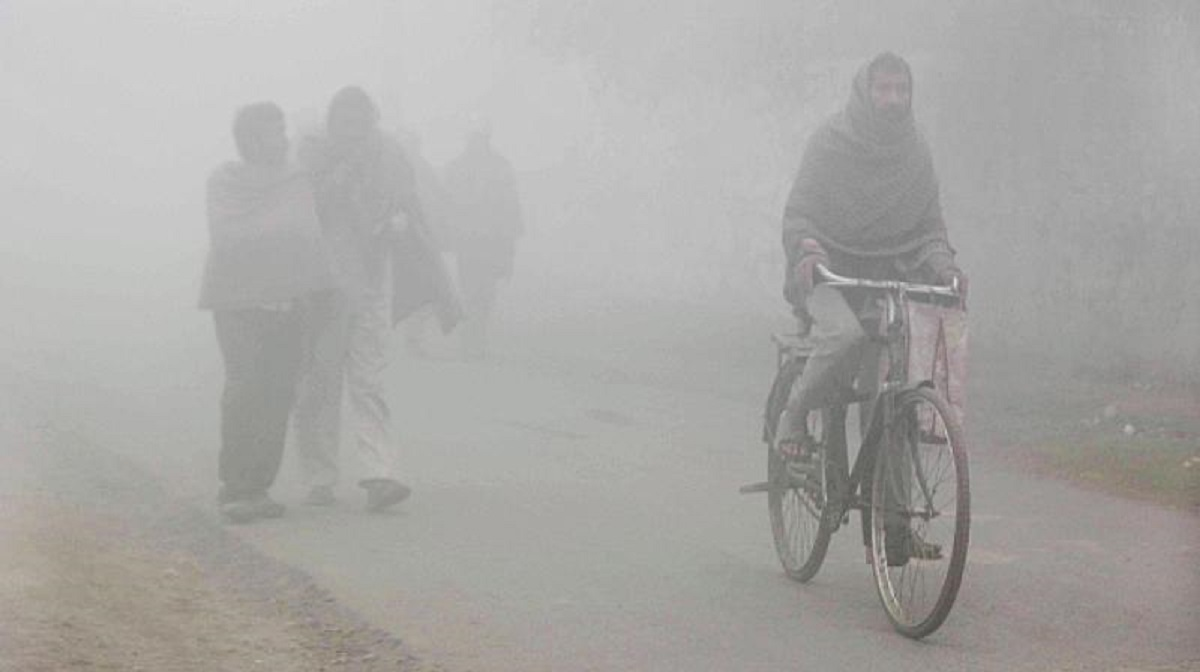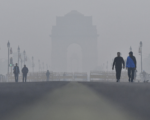A City Struggling to Breathe
In Delhi, where the air quality has reached catastrophic levels, residents like 64-year-old Deepak Rajak are battling severe health challenges. His asthma, aggravated by hazardous smog, has left him gasping for breath and reliant on the city’s first pollution-related illness clinic at Ram Manohar Lohiya (RML) hospital. “It’s impossible to breathe,” Rajak shares, reflecting a sentiment echoed by millions in India’s capital.
Outside the clinic, the city is shrouded in a toxic haze so thick it disrupts daily life, grounding flights, obscuring visibility, and endangering health. Delhi’s Chief Minister Atishi has declared a “medical emergency,” closing schools and advising residents to stay indoors—measures that are impractical for many who rely on daily wages to survive.
Pollution Beyond Tolerance
Recent air quality readings have painted a grim picture: Delhi’s Air Quality Index (AQI) soared past 1,750 in some areas, far exceeding the “hazardous” benchmark of 300. The PM2.5 particulate level—a dangerous pollutant that penetrates deep into lung tissue—was recorded at 77 times the World Health Organization’s safe limits.
For people like Mohammad Ibrahim, an auto-rickshaw driver, the effects are palpable. “It feels like chili in my eyes,” he says, describing how the pollution causes chest pain and black deposits in his nose after a day’s work. Yet, like Rajak, Ibrahim cannot afford to stop working despite the health risks.
Health Crisis Unfolding
The pollution is taking a toll on vulnerable groups, including the elderly and those with pre-existing conditions. Retired Air Force member Aditya Kumar Shukla, 64, has been hospitalized three times this year due to asthma exacerbated by the smog. Despite wanting to leave Delhi, Shukla laments the lack of alternatives.
Doctors at RML and other hospitals report a surge in patients with pollution-related ailments, including persistent coughs, stinging eyes, and lung problems. Pulmonologists warn that even non-smokers are developing chronic obstructive pulmonary disease (COPD), a condition linked to long-term exposure to pollutants.
Temporary Measures, Persistent Problems
Each year, pollution worsens in winter, fueled by agricultural waste fires, coal-burning power plants, and stagnant weather conditions. Emergency measures, such as halting non-essential truck movement, sprinkling roads with water, and suspending construction work, have been implemented but provide only temporary relief.
Environmental experts like Sunil Dahiya argue that these measures fail to address the root causes. “The government’s response does not match the intensity of the emergency,” Dahiya critiques, urging year-round systemic action to curb emissions from transportation, industry, and agriculture.
Policy and Action: A Slow March Forward
The Indian government introduced the National Clean Air Program in 2019 to improve air quality, but progress has been slow. Analysts contend that efforts remain reactive, focusing more on emergency responses than long-term solutions. Stubble burning, a major contributor, highlights the need for sustained interventions, not just seasonal fixes.
An Uncertain Future
For Delhi’s residents, the smog isn’t just a seasonal inconvenience; it’s a daily struggle for survival. Families like the Rajaks bear the financial and emotional burden of deteriorating health while waiting for systemic change. “The government needs to do something,” pleads Kajal, Deepak Rajak’s daughter.
As experts and citizens call for urgent action, the question remains: Can Delhi overcome its pollution crisis before the air becomes unlivable?














